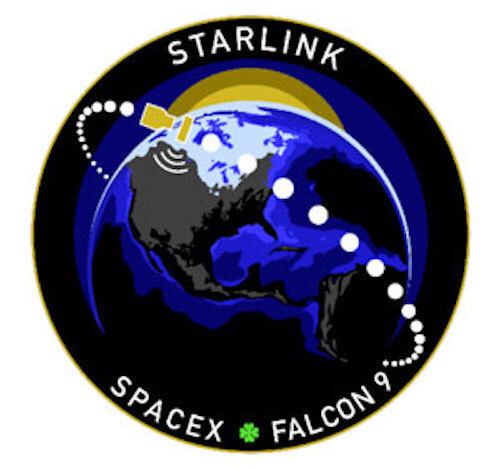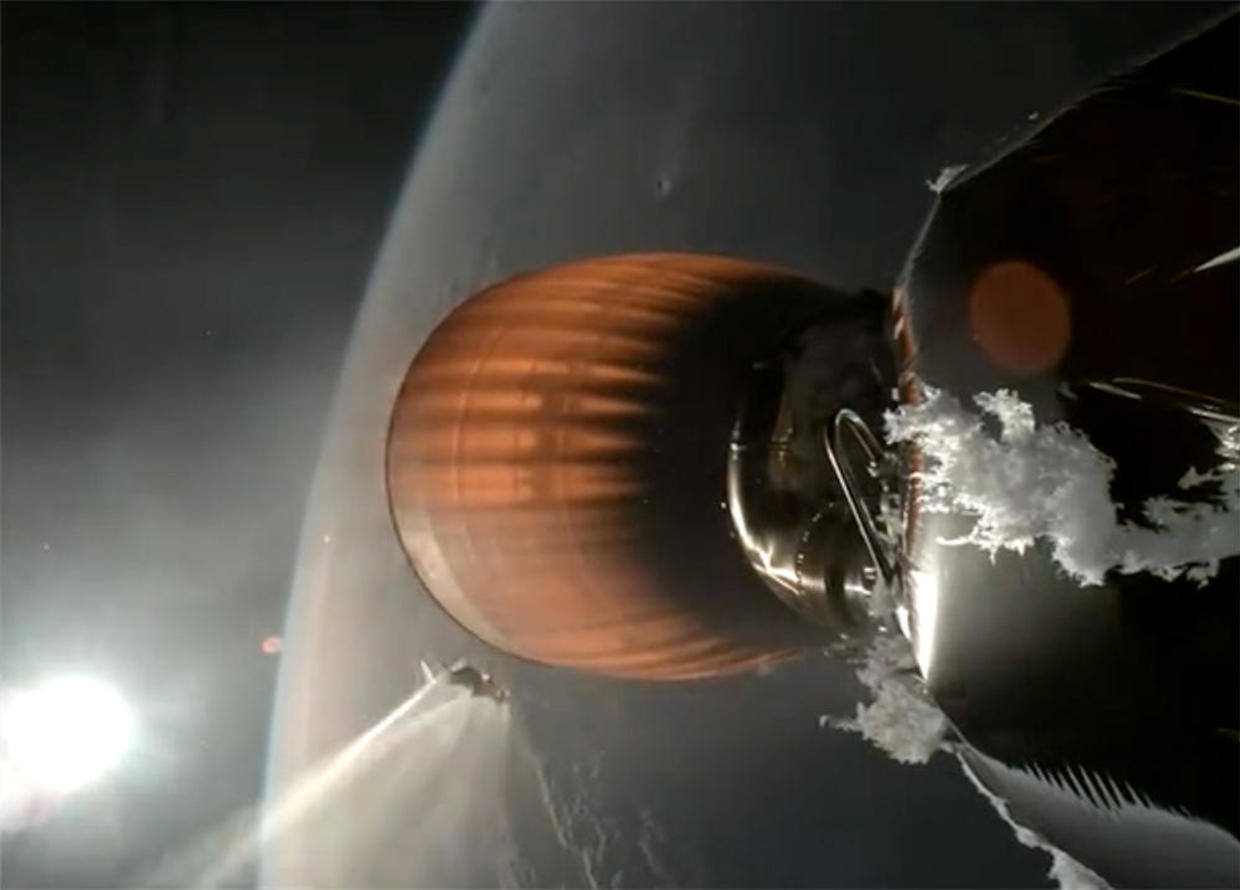10.07.2024

SpaceX planning Thursday evening launch out of Vandenberg Space Force Base
The planned launch of a Falcon 9 rocket from Vandenberg Space Force Base has been moved to Thursday, July 11.
The rocket is scheduled to launch at 7:39 p.m. with backup opportunities available until 11:37 p.m.
(Tuesday, July 9, 2024) SpaceX is planning a launch out of Vandenberg Space Force Base beginning at 7 p.m. Wednesday.
The Falcon 9 rocket will carry 20 Starlink satellites into low-Earth orbit, 13 of those with direct-to-cell capabilities.
The first-stage booster — which has been used 19 previous times — is anticipated to land on a drone ship in the Pacific Ocean, so no sonic boom is expected to be heard locally.
A live webcast of the launch will be available on SpaceX's website.
If the launch is delayed for any reason, SpaceX will attempt the launch again Thursday beginning at 6:37 p.m.
Quelle: KSBY6
----
Update: 12.07.2024
.
SpaceX Falcon 9 second stage engine suffers catastrophic in-flight failure during Starlink launch
SpaceX launched another batch of Starlink internet satellites from California Thursday, but the engine powering the rocket's second stage suffered a catastrophic failure, if not an explosion, during an attempt to carry out a final "burn" to raise the low point of the orbit, company founder Elon Musk posted early Friday on X.
Musk referred to the anomaly as a "RUD," a tongue-in-cheek acronym that stands for "rapid unscheduled disassembly."
"Upper stage restart to raise perigee resulted in an engine RUD for reasons currently unknown," he said on X. "Team is reviewing data tonight to understand root cause. Starlink satellites were deployed, but the perigee (orbital low point) may be too low for them to raise orbit. Will know more in a few hours."
SpaceX later said flight controllers had made contact with five of the 20 Starlinks launched Thursday "and is attempting to have them raise orbit using their ion thrusters."
Musk added that the Starlink team was busy "updating satellite software to run the ion thrusters at their equivalent of warp 9. Unlike a Star Trek episode, this will probably not work, but it's worth a shot. The satellite thrusters need to raise orbit faster than atmospheric drag pulls them down or they burn up."
The malfunction likely will impact plans to launch entrepreneur Jared Isaacman and three crewmates at the end of the month atop a Falcon 9 on a commercial flight that is to include the first spacewalks by non-government astronauts. It may also impact NASA's plans to launch a fresh crew to the International Space Station aboard a SpaceX Crew Dragon capsule around Aug. 19.
Given SpaceX's high flight rate and the ability to launch its own payloads -- Starlinks -- the company may be able to recover in fairly short order. But that remains to be seen.
The Falcon 9, using a first stage making its 19th flight, blasted off from pad 4E at Vandenberg Space Force Base northwest of Los Angeles at 10:35 p.m. EDT, climbing away through thick fog on a southerly trajectory. Two and a half minutes later, the first stage fell away and flew itself to a successful droneship landing while the second stage continued the climb to space.

An on-board camera captured spectacular views of the Falcon 9's second stage engine during the first of two planned firings, including shots of an unusual ice buildup just above the engine at right, and a large chunk of ice falling away at left that is seen at the moment the heat of the engine begins vaporizing it. The engine apparently exploded, or came apart in some fashion, during a second planned burn.
Starlink launches require two firings of the second stage's vacuum-rated Merlin engine. The first firing ended on time around eight-and-a-half minutes after liftoff.
Live video from on-board cameras showed dramatic views of that initial second stage "burn," with the engine's nozzle glowing bright red against the dark backdrop of space. The cameras also showed unusual ice buildups on the side of the rocket, along with a steady stream of frigid clumps breaking away and vaporizing in the engine's fiery but transparent exhaust.
ce buildups on rockets are not unusual, but the amount seen during Thursday's launch was much more significant than observed on earlier flights, presumably indicating a problem of some sort.
But in keeping with SpaceX policy for Starlink launches, live video and commentary posted on the social media platform X ended after confirmation of second stage engine shutdown No. 1, roughly eight minutes and 40 seconds after liftoff.
The company normally posts confirmation of payload deploy after a final 1-second firing of the second stage engine to raise the low point of the orbit. That burn comes about 45 minutes after the first firing ends, followed by payload deploy about seven minutes later, or roughly 59 minutes after launch. But no such confirmation was posted on X. Musk's tweet came at 12:35 a.m.
The Falcon 9 is one of the most reliable rockets in the world. Thursday's launch was SpaceX's 69th Falcon 9 flight this year and the 354th since the rocket's debut in 2010. Going into the latest launch, SpaceX had fired off 344 successful Falcon 9 flights in a row following the company's only previous in-flight failure in 2015.
Going into Thursday's flight, SpaceX had launched 6,720 Starlinks in 181 Falcon 9 flights, of which about 6,200 were presumed operational, according to Jonathan McDowell, an astrophysicist and space statistician. Losing a batch of Starlinks would not be a major setback to SpaceX, but it will no doubt interrupt the company's rapid-fire launch sequence.
Quelle: CBS News
